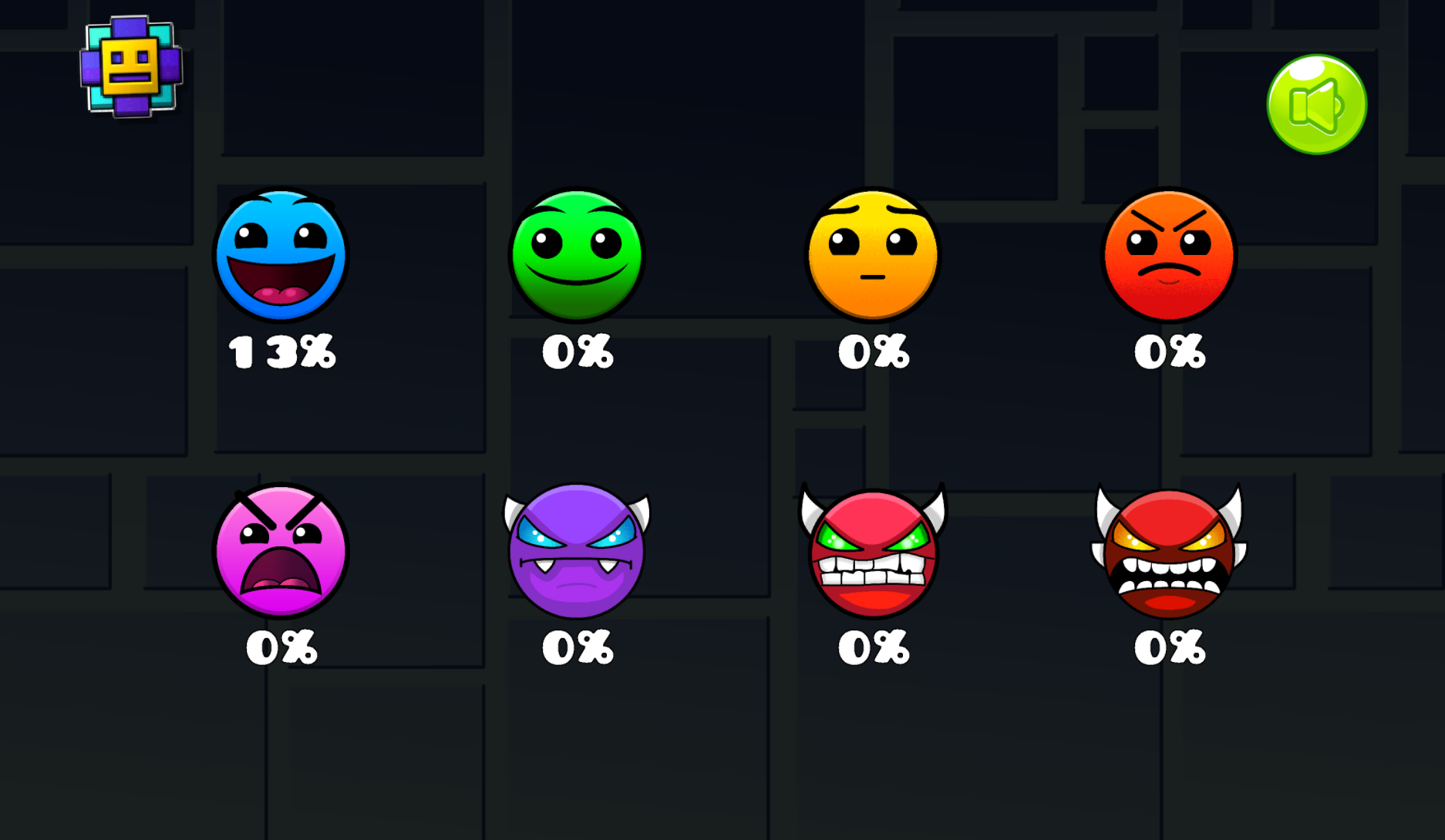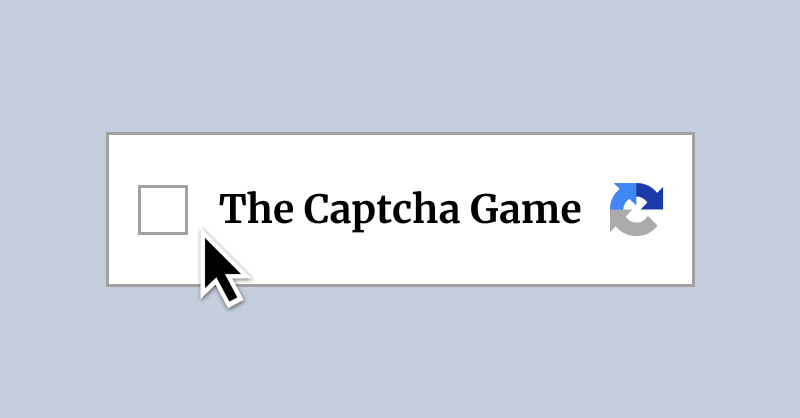Turn domino clues into satisfying wins
Keep exploring
Keep the momentum going with more arena racers, action trials, and puzzle standouts.

Geometry Dash Wave

The Captcha Game

Smash Karts

Untime

Clasherdle

Raise Animals

Level Devil 2

Bloxd io

Happy Land

Fireboy and Watergirl: Elements
Master the Pips NYT grid
Domino deduction that clicks from the first move
Pips NYT reimagines classic domino play as a clean, modern logic exercise built for quick daily focus. Each puzzle places a tidy grid in front of you and lines its edges with numbers that forecast how many pip halves may appear in each row and column segment. Your mission in Pips NYT is to drag and drop domino tiles so every dot pairs neatly, every clue is honored, and the board resolves with zero contradictions. Where Sudoku relies on digits and cages, Pips NYT speaks in pips and halves, inviting you to visualize adjacency, balance local counts, and treat every placement as both a commitment and a revelation. The moment a tile settles into place, fresh inferences radiate across the grid, and that cascading clarity is what keeps Pips NYT so irresistibly playable day after day.
Newcomers often assume domino logic is fussy; in truth, Pips NYT provides a rhythm that feels natural within minutes. Because tiles always contain two matching halves that must find partners, you gain immediate feedback about what can or cannot touch a boundary. The interface encourages experimentation without penalty, so you can pencil, test, and confirm. This low-friction approach is why Pips NYT fits perfectly into coffee breaks, train rides, or any five-minute pause that deserves a satisfying mental stretch.
How the core rules shape your strategy
Every grid in Pips NYT is governed by two intertwined ideas: counts and connections. The counts show up as small numbers on the perimeter—subtle but precise targets that summarize how many pip halves must live inside a region. The connections appear when you place a domino, because each half demands its matching partner. When you drop a [3|3], you not only satisfy two halves, you also remove the possibility of stray 3s elsewhere in that region. This is the heart of deduction in Pips NYT: a single placement resolves multiple uncertainties at once.
Start with extremes. A segment labeled 0 is a loud instruction to keep pips out; mark those cells as no-go zones. A segment at the maximum possible value is equally revealing, telling you that every available cell in that slice must host pip halves. By sweeping the board for 0s and maximums, you convert ambiguity into structure immediately. Next, scan for forced matches created by earlier moves. In Pips NYT, once one half of a value is locked, the twin half cannot appear elsewhere within that local constraint, which often triggers a chain of yes/no decisions along neighboring edges.
Beginner-friendly habits that scale to expert play
First, annotate generously. Use lightweight marks to note candidate spots before committing. Pips NYT rewards careful staging because the grid’s solutions are consistent and fair; a small pencil trail helps you keep mental load low while the board grows tight. Second, track remaining sums per region. A tiny ledger on the side of your mind (or in the UI if provided) prevents accidental overfills. Third, alternate between micro and macro views. After you settle a local pair, zoom out to reassess every border count that touches your new tile. This back-and-forth cadence—place, widen, prune—turns each Pips NYT board into a calm loop of discovery.
Fourth, treat contradictions as signposts, not setbacks. If a hypothetical line of play forces a region to exceed its pip total, roll back confidently; you just learned the board’s intentions. Because Pips NYT allows quick reversals, you can probe sharp corners of logic without fear. Finally, time-box your sessions. The puzzle is designed as a refreshing daily ritual, not a grind. Stopping after a clean solve preserves the crisp, confident feeling that brings you back tomorrow.
Advanced techniques for tighter deduction
Veteran solvers of Pips NYT rely on elimination sweeps. Choose a value—say, 5—and tour the board, crossing off any cell that would violate counts if a 5-half landed there. Next, test adjacency windows: when a region needs just two more halves to meet its total, the pattern of legal neighbors often forces a specific domino orientation. Another expert move is parity checking. Because each placement in Pips NYT contributes two halves, the remaining sum in any slice must maintain even feasibility. If a row segment shows an odd remainder that cannot be achieved with available orientations, your prior assumption is off; correct it before proceeding.
Edge locking is also potent. When a border segment allows only a single domino orientation to avoid spilling into a 0-labeled neighbor, that orientation effectively locks. Mark it, settle it, and watch the follow-on eliminations ripple inward. Lastly, cultivate value shadowing: if placing a [2|2] here would forbid necessary 2s over there, then the reverse is true—sometimes you must delay a tempting match to preserve flexibility in a distant zone. These subtle tradeoffs are what make Pips NYT more than a simple placement game; it is a conversation between near and far constraints.
Common mistakes and how to avoid them
Overfilling is the classic error. A slice looks roomy, so you tuck in another pair and only later realize you’ve robbed a neighbor of its last legal spot. In Pips NYT, keep a live count after every move and confirm you haven’t boxed out future necessities. Another pitfall is tunnel vision. When you chase a single chain for too long, you can miss an easy 0 or max elsewhere that would unlock half the grid. Make it a habit to perform a quick perimeter scan every few placements. Finally, respect symmetry but don’t worship it. Some Pips NYT boards tease mirrored layouts; others deliberately subvert them. Use symmetry as a hint generator, not a law.
Why this daily puzzle sticks
Good logic games build momentum through clarity. Pips NYT does this by pairing tactile domino placement with arithmetic that always tells the truth. The rules are compact, the signals are legible, and the feedback is immediate. Each success teaches you a reusable pattern—zero windows, max floods, forced twins, parity checks—that carries into the next day’s challenge. Over time, your average solve becomes smoother not because you memorize solutions, but because you read the grid with sharper eyes.
There is also a pleasant sensory loop: sliding a tile, seeing counts tick to target, and watching dead cells gray out produces a gentle reward rhythm that feels earned, not random. This keeps Pips NYT approachable for casual players while leaving ample ceiling for methodical thinkers who crave deeper deductions.
Make Pips NYT part of your routine
If you enjoy a mindful start to the morning, set aside a few minutes for Pips NYT. Warm up with a perimeter tour, lock obvious extremes, pencil flexible zones, and let the grid teach you where certainty lives. On busy days, save the final few moves for later; returning to a half-solved Pips NYT board often provides instant clarity and a quick, satisfying win. On calmer days, dig into advanced techniques and aim for a clean board with no backtracks. However you play, the steady logic and friendly pacing of Pips NYT make it a reliable reset button—one that sharpens attention, rewards patience, and wraps up with the simple pleasure of a perfectly tiled grid.
And because a fresh puzzle arrives daily, you never run out of chances to practice. Archive sessions let you experiment with bolder ideas, while the newest Pips NYT board invites a pristine run. Whether you’re learning the basics or refining expert habits, the game keeps offering small insights that add up. One tile aligns, a count clicks, the last gap closes—and you’re reminded why this compact domino challenge has such staying power.
Turn domino clues into satisfying wins is ready to play
Solve numbered edge clues by sliding domino tiles into perfect pairs. Train deduction with fresh daily boards, gentle hints, and a relaxing, tactile flow.
Share Turn domino clues into satisfying wins
Spread the word, invite friends, or bookmark this page to revisit the story whenever you need it.